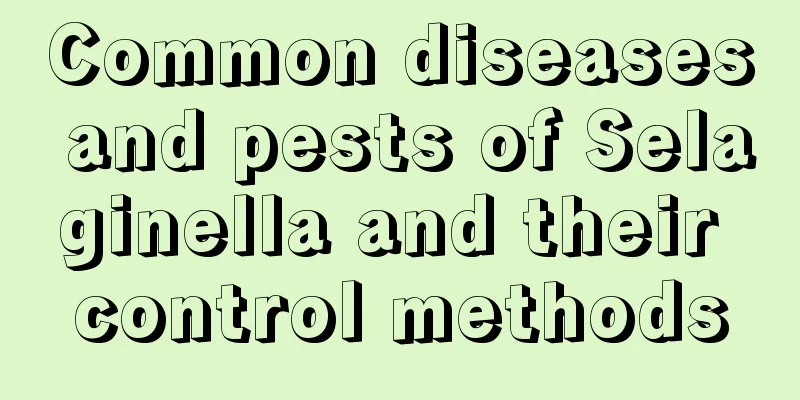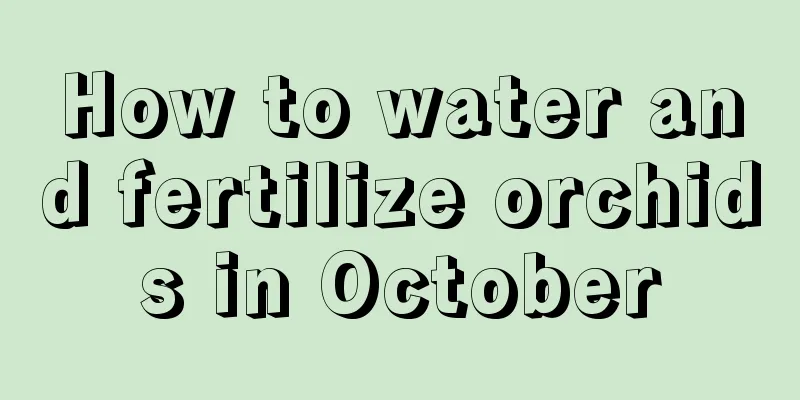Common diseases and pests of Selaginella and their control methods

Selaginella diseasesLeaf spotLeaf spot disease often occurs during the rainy season, and is generally more likely to occur in humid weather because humid weather makes it easier for the bacteria to multiply. When the disease first occurs, it appears as small brown spots. The edges of the leaf spots become water-soaked and faded, and expand outward in a ring-like pattern. In the later stage, dark brown mold spots will appear in the center of the lesions, and under humid conditions, they will turn into a dark brown mold layer.Leaf spot disease prevention and control methodsRemove diseased leaves promptly and spray with 100 times diluted carbendazim during the disease period.anthraxAnthracnose initially occurs on the leaves and in severe cases spreads to the petioles. In the early stage, the lesions appear as small water-soaked yellow spots, which gradually spread into a ring-like shape. In the later stage, the lesions become connected into one, causing the leaves to dry up, and small black spots arranged in a ring pattern will appear.Anthracnose control methodsStrengthen maintenance and increase the application of phosphorus and potassium fertilizers to enhance plant resistance; in the early stage of the disease, you can spray with 1000 times diluted equal-volume Bordeaux mixture or 1500 times diluted thiophanate-methyl solution.Selaginella pestsBrown Soft ScaleBrown soft scale can harm many kinds of plants and is more common on Selaginella. Brown soft scale generally gathers on leaf surfaces or young leaves, sucking plant sap through piercing-sucking mouthparts, which can easily induce sooty mold disease, affect the plant's photosynthesis, and ultimately cause weak growth and yellowing leaves.Brown Soft Scale Control MethodsWhen there are not many insects, you can use a brush or bamboo stick to scrape off the insect bodies; during the nymph hatching period, you can spray with 100-fold diluted malathion emulsifiable concentrate or oxydemeton-methyl emulsifiable concentrate. |
<<: Common diseases and pests of sedge and their control methods
>>: Diseases and their control of Limonium
Recommend
Cultivation methods and precautions of Fugui seeds
1. Maintenance methods 1. Temperature: It likes w...
What are the functions of spathiphyllum
Feng Shui Effect Chinese Feng Shui culture is pro...
Cultivation methods and precautions of Bletilla striata
1. Soil When growing Bletilla striata, try to cho...
Chocolate flower cultivation methods and precautions
Chocolate flower usually refers to the Verbenacea...
Is the Jade Plant suitable for a large or small pot?
Should I use a large or small pot for Jade Plants...
What month is suitable for planting chicken head fruit seeds
When to plant the seeds of the Chinese cocklebur ...
What are the cultivation methods and precautions of green radish column
Introduction of Pothos column The green ivy colum...
When is the best time to transplant kumquat trees (transplanting methods and precautions for kumquat trees)
During the transplanting process, you need to pay...
How to make the maiden's heart turn red, what to do if it grows too long
1. How to make the maiden's heart turn red If...
How to tell whether a flower likes light or shade?
Which flowers like light and which flowers like s...
Can rice bran be used as flower soil? How to make flower soil with rice bran?
Can rice bran be used as flower soil? Rice bran c...
The role and value of Chancai
Medicinal value of radix serrata The whole plant ...
How to propagate peony by division
Time Selection When we choose to propagate peonie...
How often should I change the water for water lilies?
Water lily is a perennial aquatic herb belonging ...
How to propagate creeping grass and what to pay attention to
How to propagate the creeping grass There are thr...









